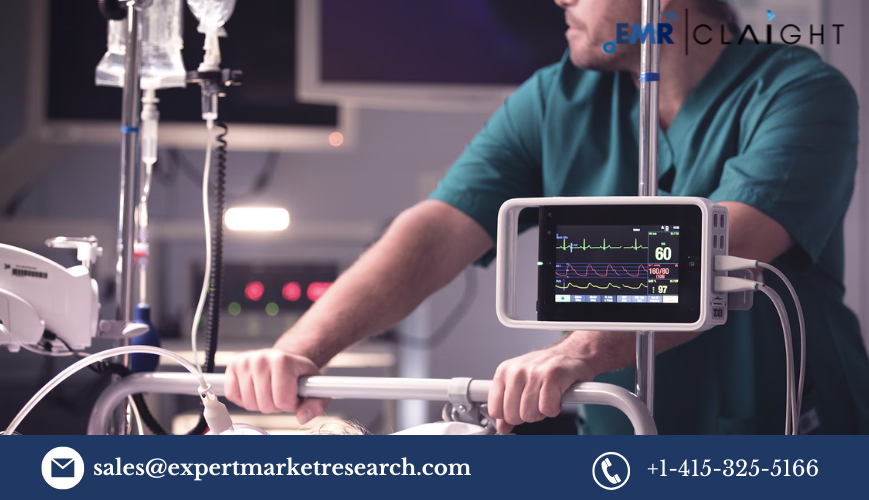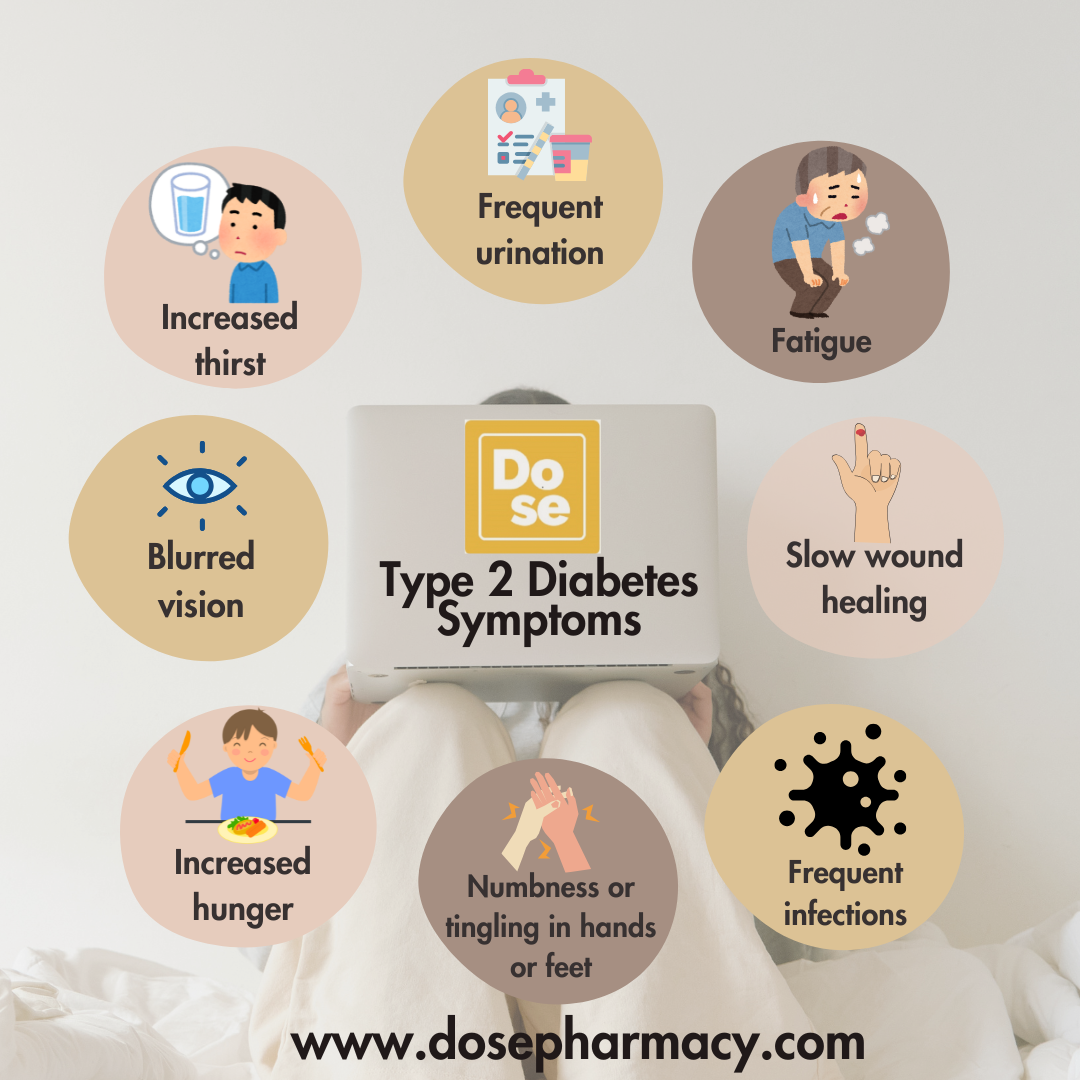The patient monitoring devices market is experiencing remarkable growth, with a market value of USD 43.73 billion in 2023. The market is projected to grow at a Compound Annual Growth Rate (CAGR) of 7.7% from 2024 to 2032, reaching an estimated USD 85.25 billion by 2032. This expansion is driven by several key factors, including the increasing prevalence of chronic diseases, a rising geriatric population, and continuous advancements in technology that have transformed patient monitoring into an essential part of modern healthcare.
In this blog, we will explore the driving forces behind this growth, key players shaping the market, and emerging trends that will define the future of patient monitoring devices.
Market Dynamics: Key Drivers of Growth
1. Prevalence of Chronic Diseases
Chronic conditions such as diabetes, hypertension, heart disease, and respiratory disorders are on the rise globally. According to the World Health Organisation (WHO), chronic diseases are responsible for a significant proportion of global deaths and are one of the primary drivers for the demand for patient monitoring devices. Devices that track vital signs like blood pressure, blood glucose, and heart rate have become indispensable in managing these conditions. As more patients require constant monitoring, the demand for advanced, real-time tracking solutions has surged.
2. Growing Geriatric Population
The ageing population worldwide is another crucial factor contributing to the market’s expansion. According to UN estimates, by 2050, one in six people in the world will be aged 60 years or older. Older adults are more susceptible to chronic conditions, often requiring continuous monitoring. Patient monitoring devices such as heart rate monitors, blood pressure cuffs, and wearable glucose sensors are vital for elderly care, which has significantly increased demand for these devices across healthcare settings.
3. Technological Advancements
Advancements in technology have revolutionised patient monitoring. Innovations in wearable devices, wireless sensors, and remote monitoring solutions have made it easier to track patients’ health in real-time, even outside clinical settings. The integration of the Internet of Things (IoT), artificial intelligence (AI), and cloud computing has enabled healthcare professionals to monitor patient data remotely, analyse trends, and predict potential health risks.
Additionally, advancements in smart wearables and health apps now allow patients to take control of their health and share vital information with healthcare providers. The growing adoption of these technologies is driving significant growth in the global patient monitoring devices market.
4. Impact of COVID-19
The COVID-19 pandemic has further accelerated the demand for remote patient monitoring systems. With hospitals overwhelmed by the surge in patients, there was a pressing need for solutions that allowed healthcare providers to monitor patients outside traditional clinical settings. Remote monitoring technologies proved essential during this period, not only for managing COVID-19 patients but also for monitoring individuals with other chronic conditions.
Key Players in the Market
The patient monitoring devices market is highly competitive, with several global companies leading the charge in innovation and market share. Some of the prominent players include:
- Abbott Laboratories: A leader in diagnostic and monitoring solutions, Abbott’s product portfolio includes continuous glucose monitoring systems and cardiovascular monitoring devices.
- Boston Scientific Corporation: Known for its cardiac monitoring devices, Boston Scientific continues to innovate in the area of minimally invasive procedures that require constant monitoring.
- General Electric Company (GE Healthcare): GE Healthcare has long been a frontrunner in medical imaging and monitoring technologies, offering devices for both patient care and diagnostics.
- Philips: Philips has made significant strides in wearable health devices and remote patient monitoring systems, creating solutions that integrate seamlessly into home care settings.
- Siemens Healthcare: Siemens focuses on advanced monitoring systems for hospitals, including devices for vital signs monitoring and diagnostics.
- Masimo: Known for its pulse oximeters and non-invasive monitoring solutions, Masimo has a strong presence in emergency care and critical care settings.
- Omron Corporation: Omron is a key player in the home healthcare segment, offering blood pressure monitors and other devices that enable individuals to monitor their health at home.
These companies have established themselves as leaders by innovating in product design, forging strategic partnerships, and responding quickly to market demands.
Emerging Trends and Technologies
1. Wearables and Remote Monitoring Devices
The market for wearable patient monitoring devices has expanded dramatically. These devices, such as smartwatches and fitness trackers, have evolved from simple activity trackers to sophisticated health monitoring tools capable of tracking vital signs like heart rate, blood oxygen levels, and ECG (electrocardiogram) readings. These wearables provide real-time data that can be shared with healthcare providers, allowing for more personalised care and early detection of health issues.
The integration of AI in these devices enables predictive monitoring, which can detect potential health issues before they become critical. This is especially important for patients with chronic conditions who need continuous monitoring.
2. Cloud-Based Solutions and Big Data
The increasing volume of data collected by patient monitoring devices has led to the rise of cloud-based platforms and big data analytics in healthcare. Cloud technology allows healthcare providers to store and access large amounts of patient data remotely. Big data analytics is being used to identify patterns in patient health, improve decision-making, and even predict future health trends.
3. AI and Machine Learning Integration
AI and machine learning technologies are being used to enhance monitoring devices’ accuracy and predictive capabilities. These technologies enable healthcare providers to identify subtle changes in a patient’s condition and adjust treatment plans accordingly. As the technology improves, we can expect patient monitoring devices to evolve into more intuitive, self-learning systems capable of detecting a range of conditions autonomously.
Market Outlook and Future Projections
Looking ahead, the patient monitoring devices market is poised for continued growth, especially in emerging markets like Asia Pacific and Latin America, where there is increasing demand for affordable healthcare solutions. As the global population continues to age, the demand for monitoring devices will only intensify.
Moreover, AI-driven monitoring solutions, telemedicine, and smart home care are expected to be at the forefront of innovation, reshaping the way healthcare is delivered and monitored in the coming years.





